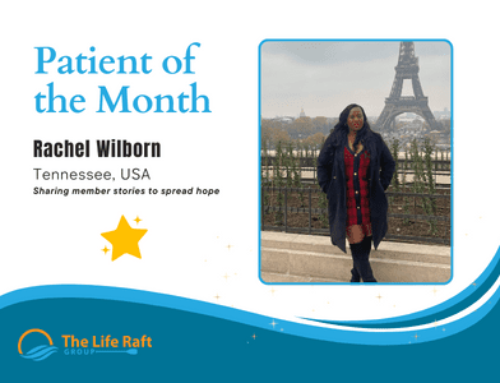The side effects of traditional chemotherapy treatments are often apparent, with images of bald patients with pain-etched faces captured in photographs.
For targeted therapies such as those for GIST patients and other cancers that are treated with oral chemotherapies such as Gleevec, Sutent, and Stivarga, the side effects, although often debilitating, are frequently less evident.
A recent article in the March/April Issue of Cancer World outlines a call to action to make information on the side effects of targeted therapies more apparent. Often, the side effects do not emerge clearly “where patient numbers are small or in trials on patients with advanced disease where the focus is on survival. “(McIntyre, Peter, Cancer World, March/April, 2015)
Since 2008, Ethan Basch, Director of the Cancer Outcomes Research Program at the University of North Carolina, has been leading a US National Cancer Institute process to allow patients to give information through a web-based platform that collects treatment symptoms using the Common Terminology Criteria for Adverse Events (PRO-CTCAE).
Basch stated, “Targeted therapies make the need for this kind of tool much more pressing. A lot of these products come to clinical trials in first-in-man phase 1 studies, and we really have no idea what the side effects are going to be. Many side effects are patient experienced and that makes these kinds of peer tools very important for product development.”
Value of Tracking Patient Experience
The article provides examples of why tracking side effects is so vital, not only for future product development, but more importantly to assure that patients have the information they need to remain compliant with treatment, and to alleviate side effects wherever possible.
This becomes increasingly important as the number of long-term survivors increases proportionally with the advent of new targeted therapies. The Life Raft Group has an increasing number of these survivors, and their experience with side effects has provided a wealth of information through our Patient Registry and Email Community. A link to our side effects management page can be found here.
We are in the process of developing both a survey of long-term survivors and a comprehensive program that will track side effects and successful strategies for managing them, and also agree with Bettina Ryll, head of the Melanoma Patient Network Europe who is quoted in the article: “My take home message is: don’t trust anyone but the patients.” Our members possess valuable real-life experiences with these life-saving targeted therapies, which can be utilized to develop coping strategies to share with other patients, as well as to aid pharmaceutical development teams in creating effective and potentially less toxic treatments.




